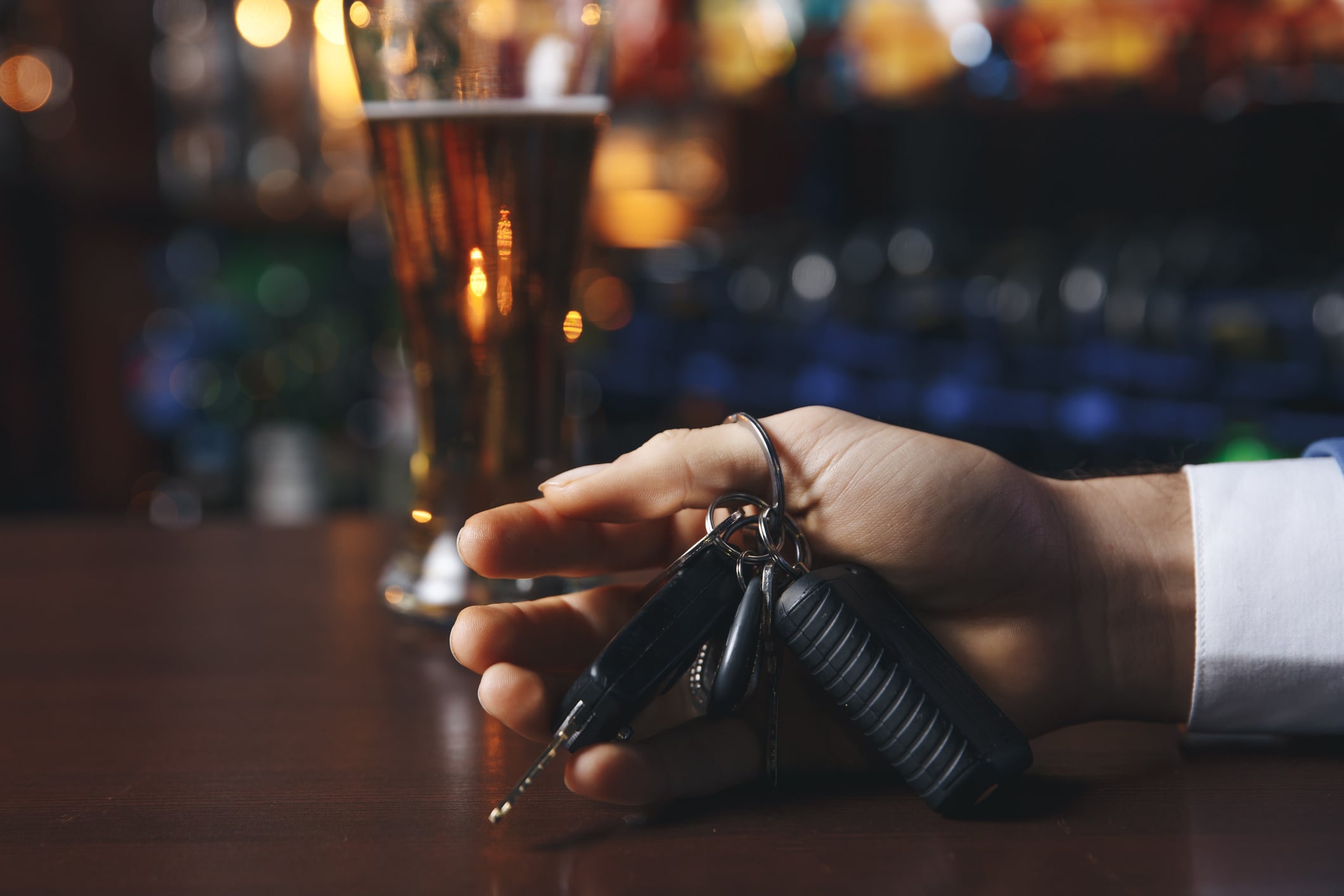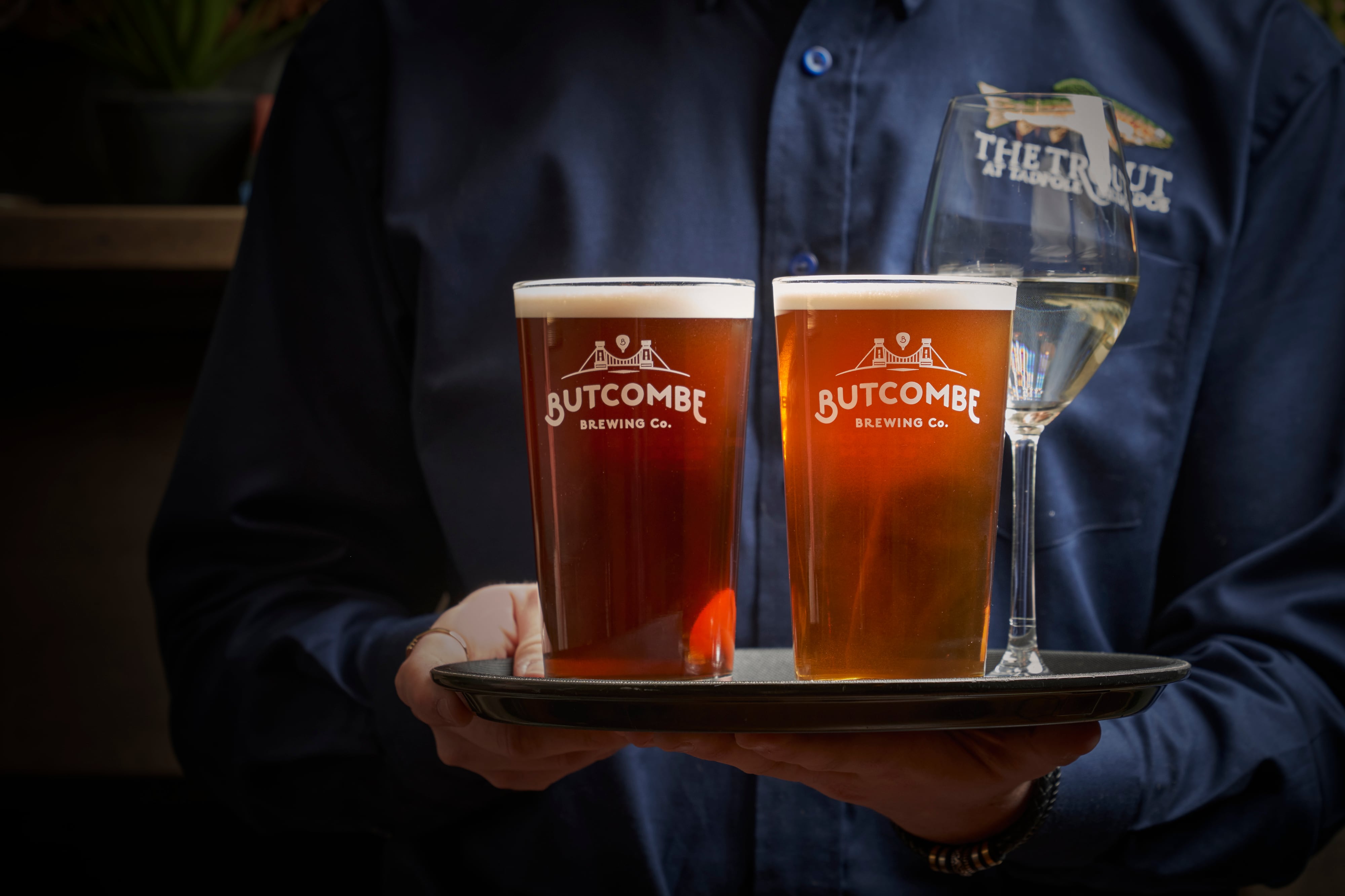The latest Government data, released in July 2024, showed between 290 to 320 people a year are killed in vehicle collisions where a driver is over the limit.
According to the official figures, 2022 saw the highest level of fatalities in more than a decade, with 6,800 estimated to have been killed or injured when at least one driver was over the drink-drive limit.
Drink-driving collisions were also found to represent 17% of all deaths on the roads, with the number of incidents involving drink drivers having soared to its highest level 15 years.
In England, Wales, and Northern Ireland, the legal drink driving limit is 35 micrograms of alcohol per 100 millilitres of breath, or 80 milligrams per 100 millilitres of blood.
The limit for Scotland is lower: 22 micrograms per 100 millilitres of breath, or 50 milligrams per 100 millilitres of blood
But how responsible are pub operators for customers who make the decision to drink drive after visiting their venue?
In 2023, Poppleston Allen marketing and partner (non-solicitor), Carl Weston, shared some advice for operators. Read the full article here.
Are licensees responsible for drink-driving customers?
Could a member of bar staff, a designated premises supervisor, the licensee or owner be held responsible for a customer’s decision to get behind the wheel if they are over the limit?
Several years ago, there was a case of a drink-driver being involved in a crash, where both he and the female driver of another vehicle, very sadly, died.
The drink-driver’s estate paid €275,000 in compensation to the family of the female driver and then tried to recover some of this money from the owners of the bar where the man had been drinking. This legal action was based on the bar’s ‘duty of care’.
However, no liability was found. The judge in the Irish High Court said at the time: “The duty of care being suggested could include an obligation on publicans to restrain, assault or even imprison those they believe to be unfit to drive.
“That would result in publicans committing a criminal act and is not something that any court could contemplate.”
A common sense and practical approach are always best
No matter how socially unacceptable and dangerous it is, if one of your customers decides to drink and drive, it is their personal responsibility.
However, as a licensee, you do have a responsibility to encourage responsible alcohol consumption on your premises.
We all know it is an offence to sell alcohol to a person who is already drunk. And you can also refuse entry to your premises to a drunk person.
More generally, you must, at all times, promote the licensing objectives of public safety and the prevention of crime and disorder.
But there are some measures you can introduce to try to avoid being in the position where a customer who has had too much to drink will want, or even attempt, to drive home.
Vigilance is a practical way to help reduce the drink-driving risk. So, it might be wise to remind your staff to keep an eye out for groups of people and to try to establish if someone in the group is a ‘designated driver’.
It might be helpful to increase the general awareness of your non or low alcohol drinks offers. There has certainly been an increase in the number of alcohol-free or low alcohol drinks options available.
Moving away from the actual consumption of alcohol, it is always good practice to ensure you have some measures in place so that you can offer your customers an alternative to driving home at the end of the evening.
These measures could include ensuring you have telephone numbers of local taxi firms available, and offering to call your customer a taxi if they need one.
One pub I visited in York had local bus timetables printed and displayed next to the bar should anyone want to get home using public transport.
And confirming you are happy for customers to leave their cars in your car park, at their own risk of course, might encourage people to find alternative ways to get home.





